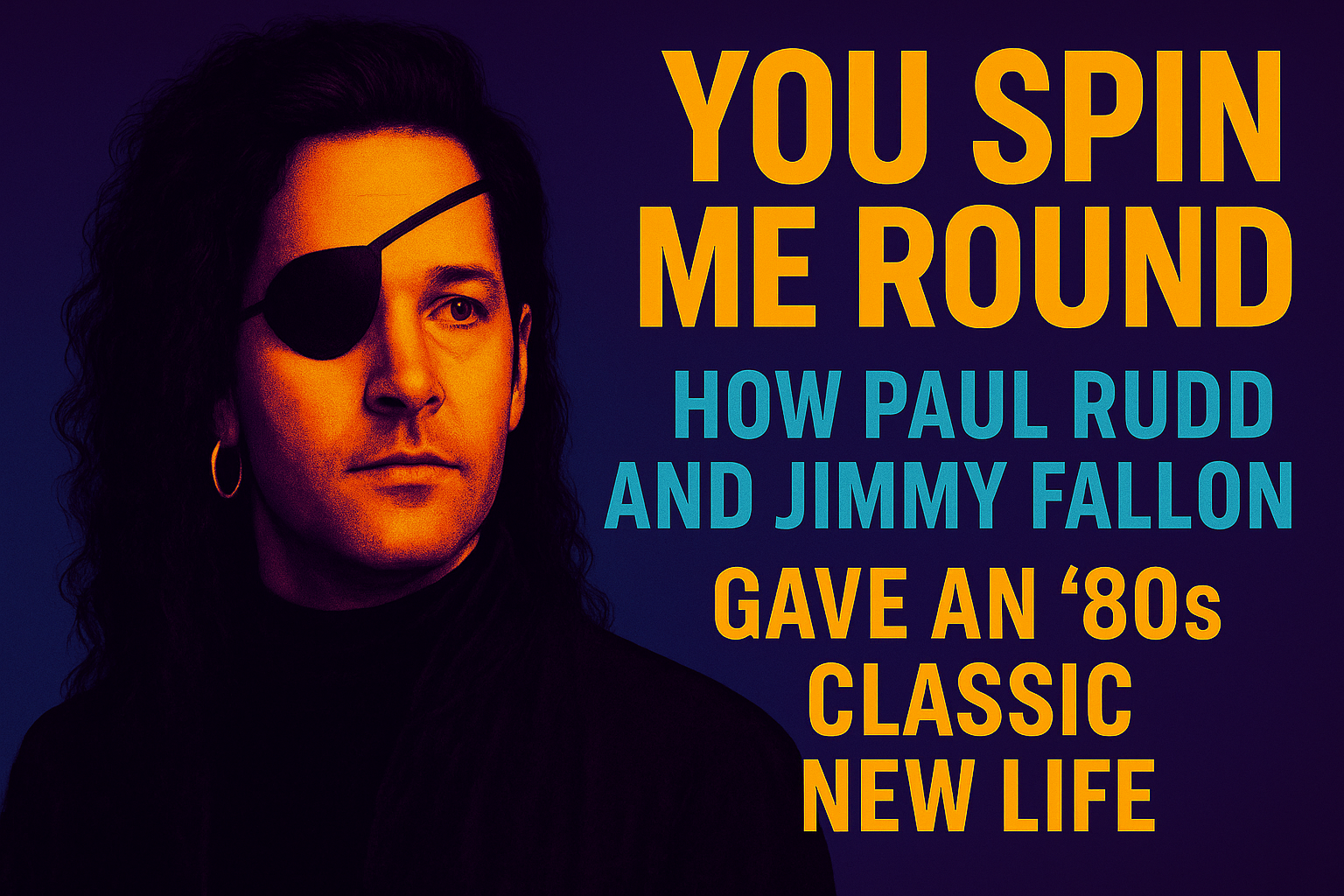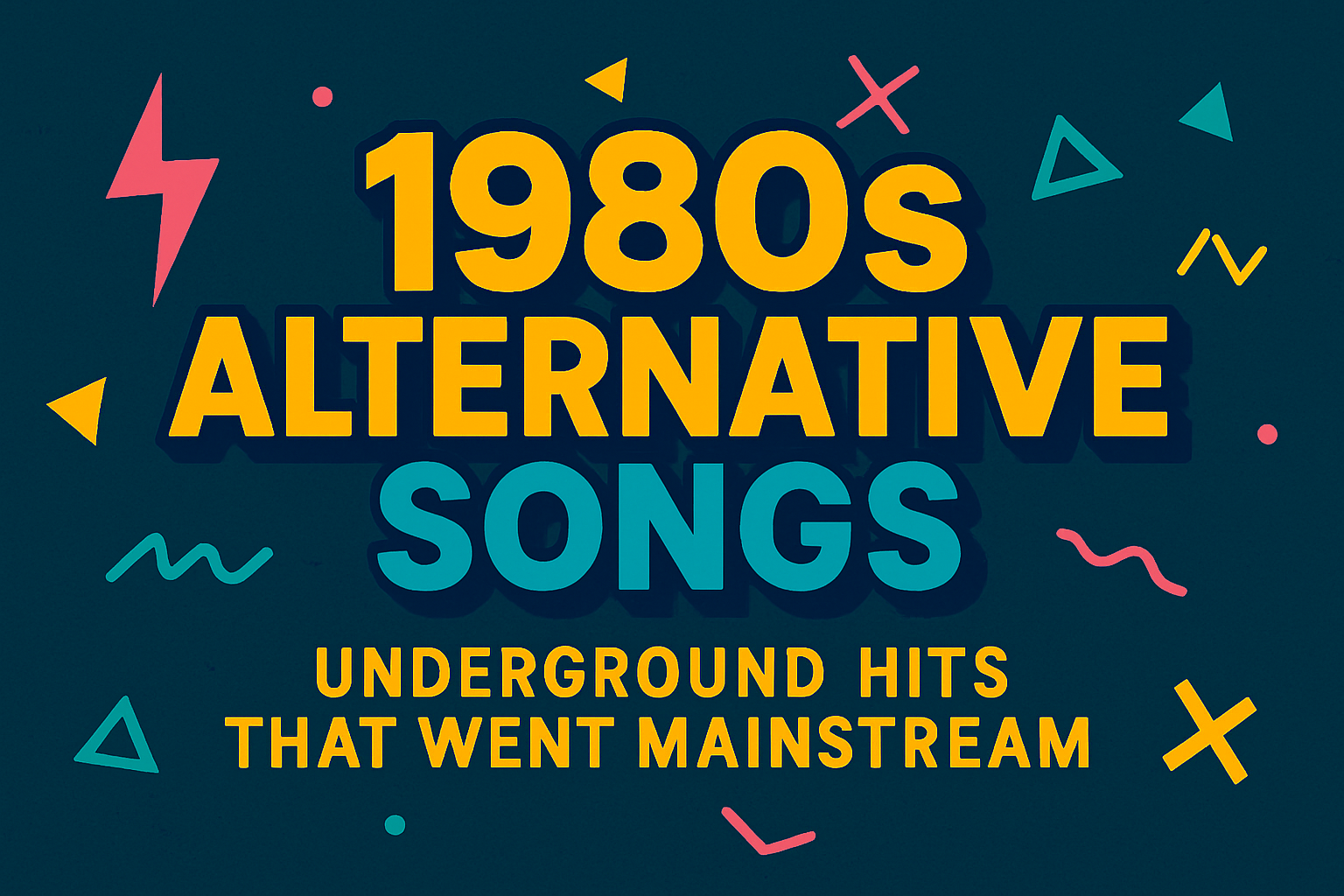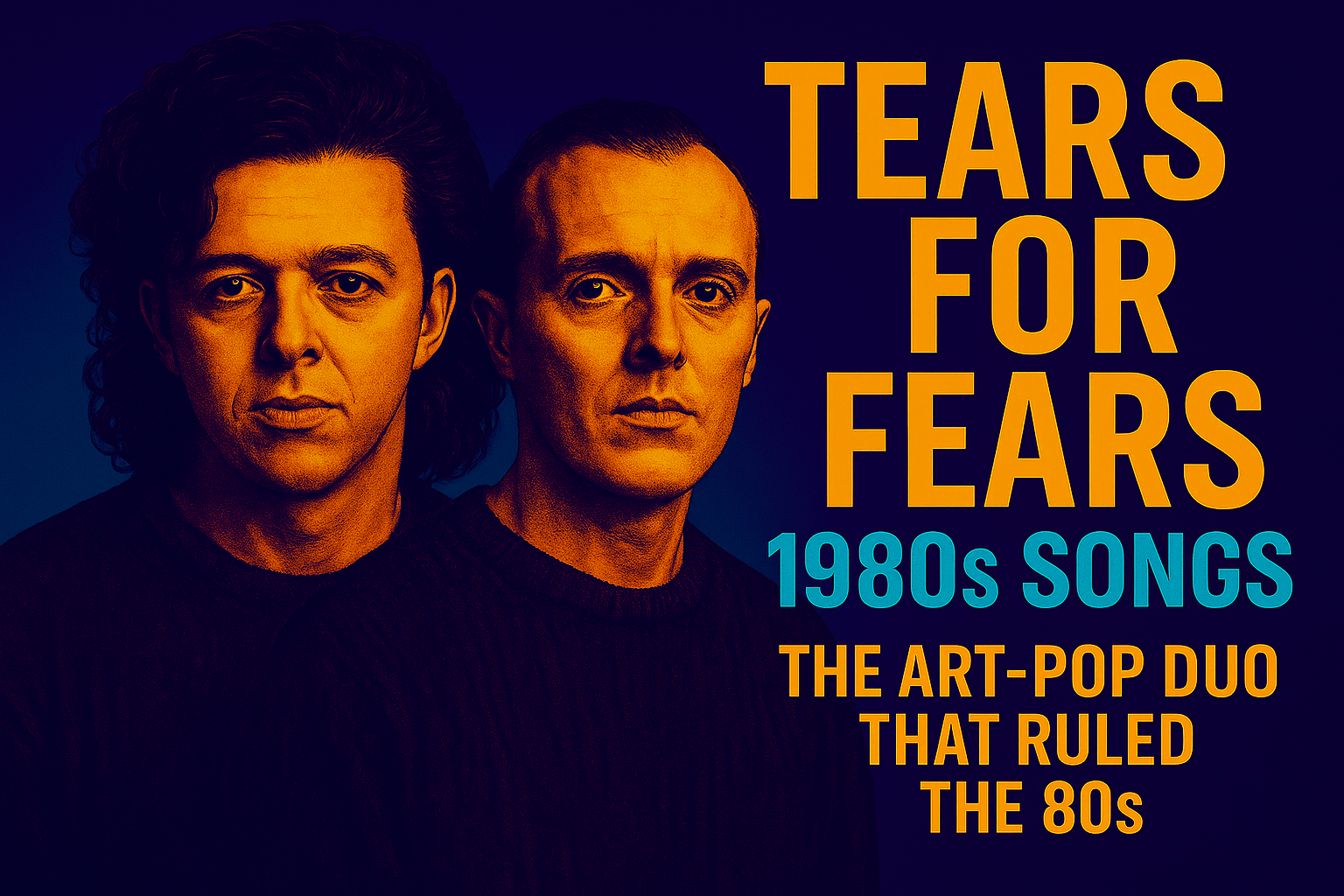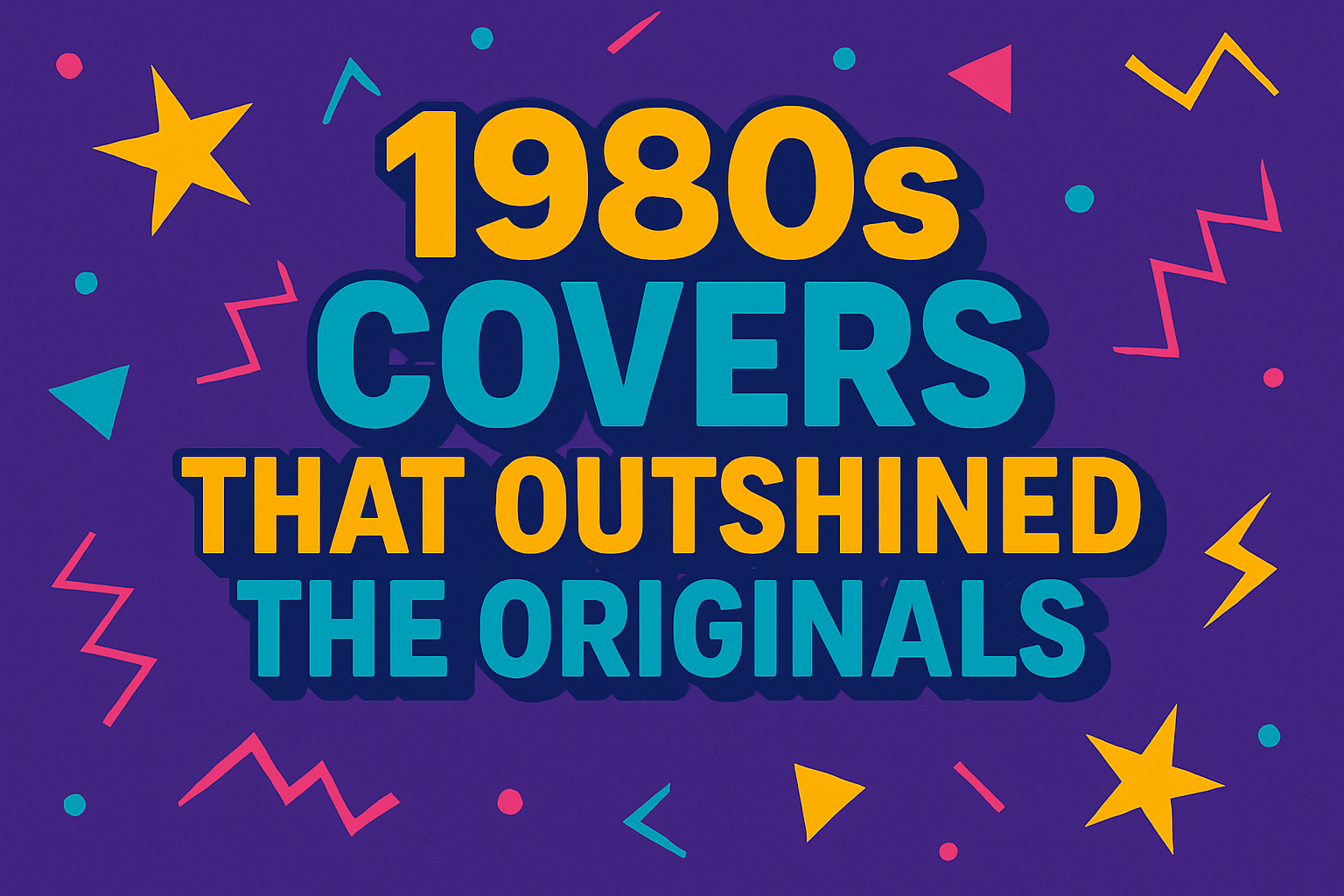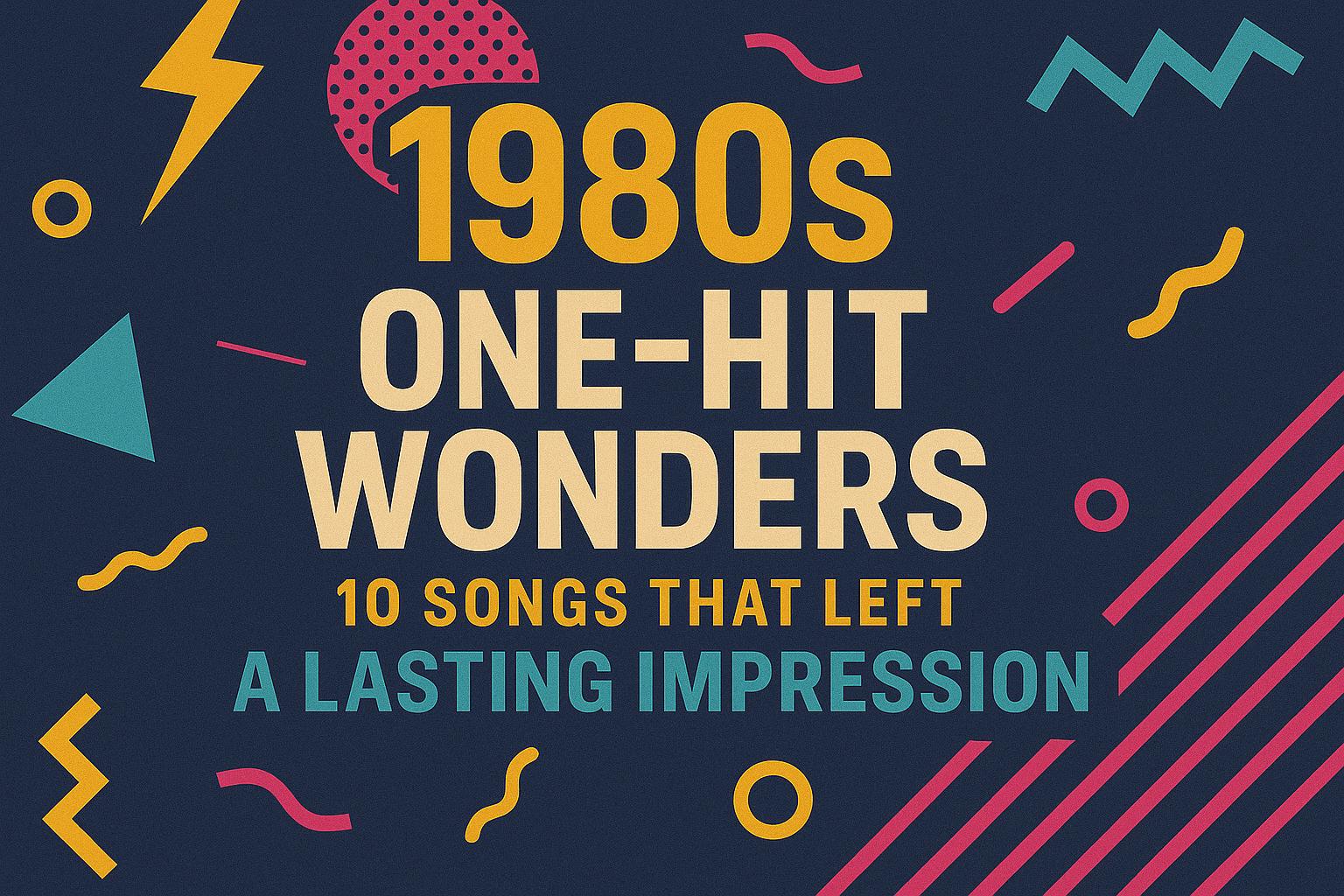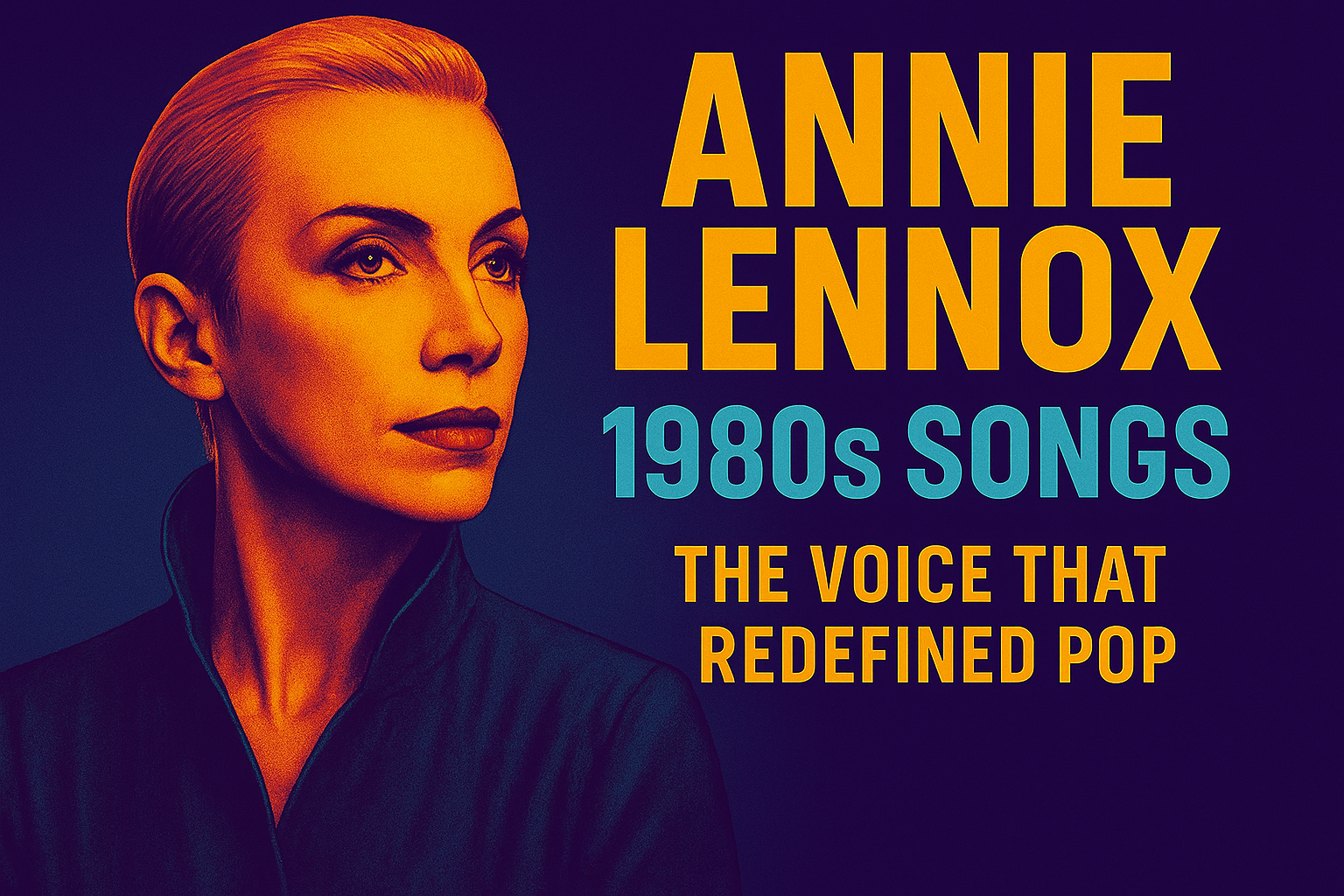Picture this: it’s 2024, you’re scrolling through social media, and suddenly you see Paul Rudd and Jimmy Fallon spinning around in elaborate ’80s costumes, recreating one of the most iconic music videos of the decade. Within hours, “You Spin Me Round (Like a Record)” is trending again, climbing streaming charts, and introducing Dead or Alive’s flamboyant masterpiece to an entirely new generation. Sometimes the best way to honor the past is to have some serious fun with it.
The story of how a late-night comedy sketch breathed new life into Pete Burns’ 1984 dance floor anthem is a perfect example of how great music can transcend decades when presented with the right mix of nostalgia, humor, and genuine appreciation. What started as a Tonight Show bit became a cultural moment that reminded everyone why “You Spin Me Round” was irresistible in the first place.
But to understand the revival, we need to go back to the beginning – to the moment when a gender-bending artist from Liverpool created one of the most distinctive and infectious songs of the entire decade.
The Original Masterpiece: Dead or Alive’s Spinning Sensation
Released in 1984, “You Spin Me Round (Like a Record)” was everything that made ’80s music magical – synthesizers that sounded like the future, a beat that was impossible to resist, and a frontman who looked like nothing anyone had ever seen before. Pete Burns, with his dramatic makeup, androgynous style, and powerful vocals, created something that was both shocking and absolutely irresistible.
The song itself was built around a simple but brilliant concept: comparing the dizzying feeling of attraction to a spinning record. In the era of vinyl and turntables, the metaphor was both contemporary and timeless. Burns delivered the lyrics with such conviction that even the most ridiculous romantic analogy sounded profound.
Musically, “You Spin Me Round” was Hi-NRG disco perfection. The production, handled by Mike Stock (who would later become part of the legendary Stock Aitken Waterman production team), created a wall of electronic sound that was both massive and precise. Every synthesizer line, every drum hit, every vocal layer was designed for maximum impact on the dance floor.
The Visual Revolution
The original music video was just as important as the song itself. Pete Burns’ striking appearance – dramatic makeup, wild hair, and gender-fluid presentation – was perfectly suited for MTV’s visual demands. The video featured Burns spinning, dancing, and performing with an energy that made every frame feel like performance art.
Burns’ look was both beautiful and unsettling, challenging every assumption about how rock stars were supposed to appear. In an era when many artists were playing it safe for mainstream appeal, Burns doubled down on being completely, unapologetically different.
The video’s simple concept – Burns and the band performing while literally spinning – was elevated by the sheer force of Burns’ personality. Every gesture, every expression, every moment felt like a declaration that being different wasn’t just acceptable, it was essential.
Chart Success and Cultural Impact
“You Spin Me Round” became a massive international hit, reaching #1 in the UK and becoming a Top 20 hit in the United States. The song’s success proved that audiences were ready for something completely different, even if they weren’t sure exactly what they were experiencing.
The track became a staple of ’80s dance floors, gay clubs, and alternative music scenes. Its combination of infectious energy and subversive presentation made it an anthem for anyone who felt like an outsider. Burns had created something that was both mainstream successful and genuinely revolutionary.
The song’s influence extended far beyond its initial chart run. It became a template for how electronic dance music could be both commercially viable and artistically uncompromising. The track’s DNA can be found in countless dance anthems that followed.
Fading from the Spotlight
Like many ’80s hits, “You Spin Me Round” gradually faded from mainstream consciousness as musical tastes changed. While it remained a beloved classic among ’80s enthusiasts and dance music fans, it wasn’t reaching new audiences the way contemporary hits were.
Pete Burns continued performing and occasionally appeared in reality TV shows, but Dead or Alive never recaptured the massive success of their breakthrough hit. The song became one of those tracks that everyone recognized but might not have been able to name – a piece of cultural DNA that existed in the background of popular culture.
The track remained popular in certain circles – drag performers loved its theatrical energy, DJs appreciated its danceability, and ’80s nostalgia events always got massive reactions when those opening synthesizer notes began. But it wasn’t breaking through to mainstream consciousness the way it had four decades earlier.
Enter Paul Rudd and Jimmy Fallon
In 2024, The Tonight Show Starring Jimmy Fallon decided to tackle “You Spin Me Round” for one of their elaborate parody segments. The concept was brilliant in its simplicity: Jimmy Fallon and Paul Rudd would recreate the original video with complete commitment to both the music and the absurdity.
The choice of Paul Rudd was inspired casting. Rudd’s reputation as one of Hollywood’s most genuinely likable performers gave the parody immediate credibility. His willingness to fully commit to ridiculous situations while maintaining complete sincerity made him the perfect choice for honoring Pete Burns’ fearless original performance.
Fallon, with his background in musical comedy and his obvious love for ’80s culture, provided the perfect partner. His enthusiasm for the source material was genuine – this wasn’t mockery, it was celebration through comedy.
The Viral Moment
The Tonight Show version featured Rudd and Fallon in elaborate ’80s costumes, complete with dramatic makeup and styling that paid homage to Pete Burns’ original look while adding their own comedic interpretation. The production values were impressive – this wasn’t a cheap sketch, it was a full-scale recreation with professional choreography and video production.
What made the parody work was its complete commitment to the original’s energy and style. Rudd and Fallon didn’t phone it in – they embraced every aspect of the song’s theatrical nature while adding their own personality to the performance.
The video was released on social media and immediately went viral. Within hours, it was being shared across platforms, generating millions of views and sparking conversations about both the original song and the brilliant parody.
The Revival Effect
The immediate impact was remarkable. Streaming numbers for the original “You Spin Me Round” spiked dramatically as viewers sought out the source material. Many younger viewers were discovering the song for the first time, while older fans were rediscovering why they loved it in the first place.
The parody created a perfect entry point for new listeners. Rudd and Fallon’s obvious appreciation for the original encouraged viewers to check out Pete Burns’ version with open minds and genuine curiosity. The comedy became a bridge between decades and generations.
Music streaming platforms reported significant increases in plays not just for “You Spin Me Round” but for other Dead or Alive tracks and ’80s dance music in general. The parody had created a gateway for broader exploration of the era’s music.
Social Media Explosion
The revival wasn’t limited to the original video. Social media users began creating their own versions, recreating the dance moves, and sharing memories of the original song. TikTok users embraced both the original track and the parody, creating countless variations and tributes.
The hashtag #YouSpinMeRound began trending across platforms, with users sharing everything from dance videos to nostalgic memories to appreciation posts about Pete Burns’ groundbreaking artistry. The song had found new life in the age of viral content.
Celebrity endorsements and shares amplified the reach. When stars began posting their own reactions and tributes, the revival gained even more momentum, reaching audiences that might never have encountered the original song otherwise.
Critical and Cultural Response
Music critics and cultural commentators praised both the original song’s enduring appeal and the parody’s respectful approach. Many noted that the revival highlighted the sophisticated production and genuine innovation of ’80s dance music that was sometimes overlooked in favor of nostalgia.
The revival also sparked important conversations about Pete Burns’ legacy and the broader impact of gender-bending artists in the ’80s. Burns’ fearless approach to self-expression was being appreciated by new audiences who understood its significance in contemporary terms.
LGBTQ+ communities particularly embraced the revival, seeing it as an opportunity to introduce younger generations to an artist who had been ahead of his time in challenging gender norms and celebrating difference.
The Power of Respectful Parody
What made the Rudd/Fallon parody so effective was its clear love for the source material. This wasn’t mockery or condescension – it was celebration through humor. The performers clearly understood what made the original special and worked to highlight rather than diminish those qualities.
The production team’s attention to detail showed genuine respect for the original video’s aesthetic and energy. Every element, from costumes to choreography to video effects, was designed to honor Pete Burns’ vision while adding contemporary comedy sensibility.
The success of the parody demonstrated that the best tributes come from genuine appreciation rather than superficial imitation. Rudd and Fallon’s commitment to the performance showed audiences that the original deserved to be taken seriously, even when it was being lovingly parodied.
Long-term Impact
The revival’s effects extended beyond immediate streaming numbers. “You Spin Me Round” began appearing in new contexts – movie soundtracks, commercial spots, and cultural references that introduced it to audiences who had missed its original moment.
The renewed interest in Pete Burns led to retrospective articles, documentary features, and academic discussions about the importance of gender-bending artists in ’80s culture. The parody had inadvertently created a teachable moment about artistic innovation and cultural impact.
Record labels and streaming services began promoting other ’80s dance classics, recognizing that there was clearly an appetite for rediscovering the era’s more adventurous musical moments. The revival became part of a broader renaissance of appreciation for ’80s innovation.
Legacy of a Spinning Success
The story of “You Spin Me Round” and its viral revival demonstrates the enduring power of great songs to find new audiences when presented in the right context. Pete Burns created something so distinctive and energetic that it could transcend decades and cultural changes.
Paul Rudd and Jimmy Fallon’s tribute showed that the best way to honor musical history is often through genuine appreciation and respectful creativity. Their parody didn’t diminish the original – it amplified it, introducing new generations to an artist and song that deserved broader recognition.
The revival reminds us that great music doesn’t expire – it just waits for the right moment to spin back into cultural consciousness. Sometimes all it takes is two comedians with obvious love for the source material to remind the world why certain songs become classics in the first place.
Did the Paul Rudd and Jimmy Fallon parody introduce you to “You Spin Me Round” or make you rediscover its brilliance? Share your thoughts about how comedy can celebrate musical history in the comments below. If this story of revival and appreciation resonated with you, pass it along to remind others that great music always finds a way to keep spinning!
